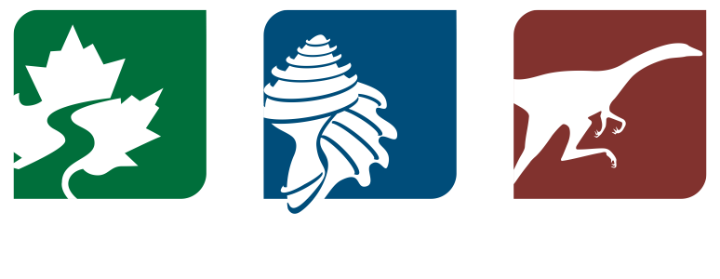How Does the Lake Work?
Physical Characteristics
Cayuga Lake—38.2 miles long, up to 435 feet deep, and covering almost 43,000 acres—is the longest and second deepest of Central New York’s 11 Finger Lakes, and among the 40 deepest lakes in the United States. The surrounding land from which water drains into the lake – the Cayuga Lake basin or watershed – covers around 785 square miles (approximately 500,000 acres), the largest of any of the Finger Lakes, and is home to around 120,000 people. More than 140 streams flow into the lake along its 95 mile shoreline. The largest of these tributaries are near the south end and include Salmon Creek, Fall Creek, Cayuga Inlet (including Cascadilla Creek and Six Mile Creek), and Taughannock Creek.
Cayuga Lake is a long, narrow, cold, deep, moderately nutrient-rich lake. The north and south ends of the lake are shallow, and wetlands are present at both ends (the lake was called “Tiohero” by the Haudenosaunee [Iroquois] people, which means “lake of flags or rushes” or “lake of the marsh”).
Watersheds of Cayuga Lake. Map created by the Community Science Institute.
Temperature
Like all lakes in temperate climates, Cayuga Lake changes with the seasons. When air temperatures drop in fall and winter, surface water cools and becomes denser. Dense water sinks, causing “stirring” or “turnover” of the lake. In spring and summer, sunlight warms surface water, making it less dense. This causes “temperature stratification,” where warm water floats on top of cool water and the two layers barely mix. The depth at which the warm and cool water meets is called the “thermocline.”
Cayuga Lake surface temperatures range from around 60 to 81°F, with bottom temperatures of 39-49 °F. The animation below shows temperature change in Cayuga Lake between April and November.
Temperature changes in Cayuga Lake between April and November 2013. Simulation by the Upstate Freshwater Institute.
Water Movement
The lake is a flow-through system, with major water input from several tributary streams at the south end and output via the Montezuma Wetlands into the Seneca River in the north. About 40% of the inflow comes from the southern end of the lake, between Taughannock Point and Ithaca.
Since the 19th century, water levels in the lake have been regulated by locks at the north end of the lake along the Seneca River. The level is drawn down in the fall and winter to make room for water from spring snowmelt.
See a hydrograph of Cayuga Lake water levels on the National Weather Service site
Water Quality
Aerial view of the south end of Cayuga Lake, showing sediment suspended in the water after a rainstorm. Photograph by Bill Hecht.
The current water quality in much of Cayuga Lake is good, but there are many threats to this condition. At the south end of the lake, high input from agricultural runoff, wastewater treatment, and other sources can result in low water clarity (turbidity).
Several factors influence conditions at the south end of the lake. The watershed here is highly developed and more densely populated than other areas. Large tributary streams carry significant amounts of sediment and nutrients into this part of the lake. The south end also receives discharges from the waste water treatment plants for Ithaca, Lansing, and Cayuga Heights, and the Cornell University Lake Source Cooling facility.
Water clarity is measured by the depth at which an object disappears, called “transparency” or “visibility.” Transparency in Cayuga Lake is approximately 6-10 feet in summer, and 16-20 feet in winter.
Chemistry & Life
The amount of life in the lake depends on food. The top predators in the lake—fish such as lake trout and salmon—eat smaller fish which, in turn, feed on insects and crustaceans. These animals feed on phytoplankton, tiny plants and other organisms that make their own food from sunlight and nutrients. It is these nutrients—especially phosphorus—that control total productivity of life in the lake. Phosphorus enters the lake in runoff from surrounding land. Increased phosphorus can lead to increased algal growth. Organic material from organisms settles into deeper water. Any process—natural or human-caused—that brings this deeper, nutrient-rich water toward the surface can increase productivity.





